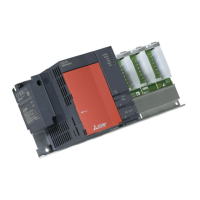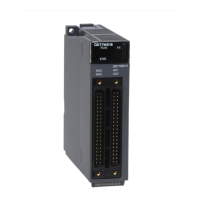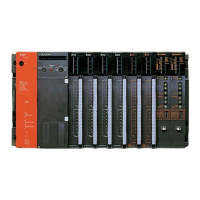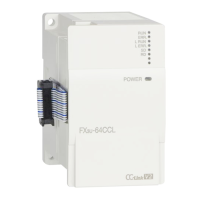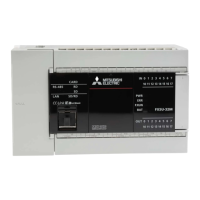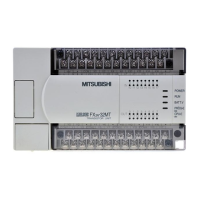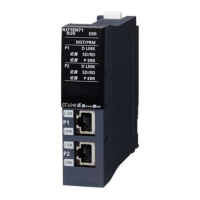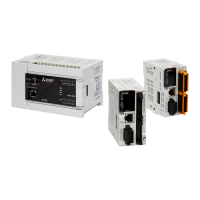311
CHAPTER 3 FUNCTIONS
3
3.37 Write-Protect Function for Device Data (from Outside the CPU Module)
3.37.4 Precautions
3.37.4 Precautions
The following describes the precautions for the write-protect function for device data (from outside the CPU module).
(1) Execution of the executional conditioned device test
When specifying and registering the indirect specified/index-modified device or the file register (R) in the
executional conditioned device test, disable the write-protect function for device data (from outside the CPU
module) before execution.
If the function is enabled, an error occurs at registration when the indirect specified/index-modified device or the
file register (R) is specified.
(2) Writing to the index register (Z) and index-modified device
When writing a value to the index register with the SLMP/MC protocol command 1402 (Write Random/Random
write) and changing the access destination to write data by using the index register, disable the write-protect
function for device data (from outside the CPU module) before execution. Alternatively, execute writing to the
index register (Z) and writing to the index-modified device separately and with multiple commands. If they are
specified simultaneously in a single command, an error occurs.
When the index register (Z0) is changed and device data are written to D0, D5, and D10
D0
D10
D5
D0Z0 (Z0=0)
D0Z0 (Z0=5)
D0Z0 (Z0=10)
1402 Z0 K0 D0Z0 K10 Z0 K5 D0Z0 D0Z0 K50Z0 K10K25
(D0←10) (D5←25) (D10←50)
...
1402 Z0 K0
...
Ò
Z0←0
1402 D0Z0 K10
...
Ó
D0←10
1402 Z0 K5
...
Ô
Z0←5
1402 D0Z0 K25
...
Õ
D5←25
1402 Z0 K10
...
Ö
Z0←10
1402 D0Z0 K50
...
×
D10←50
(D0)
(D5)
(D10)
Command Device Value Device Value
Device ValueDevice ValueDevice ValueDevice Value
Data register
Write 10.
Write 25.
Write 50.
<SLMP/MC protocol>
When the write-protect function for device data (from outside the CPU module)
is enabled
When the write-protect function for device data (from outside the CPU module)
is disabled
Command Device Value
Command Device Value
Command Device Value
Command Device Value
Command Device Value
Command Device Value
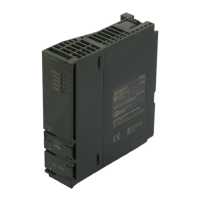
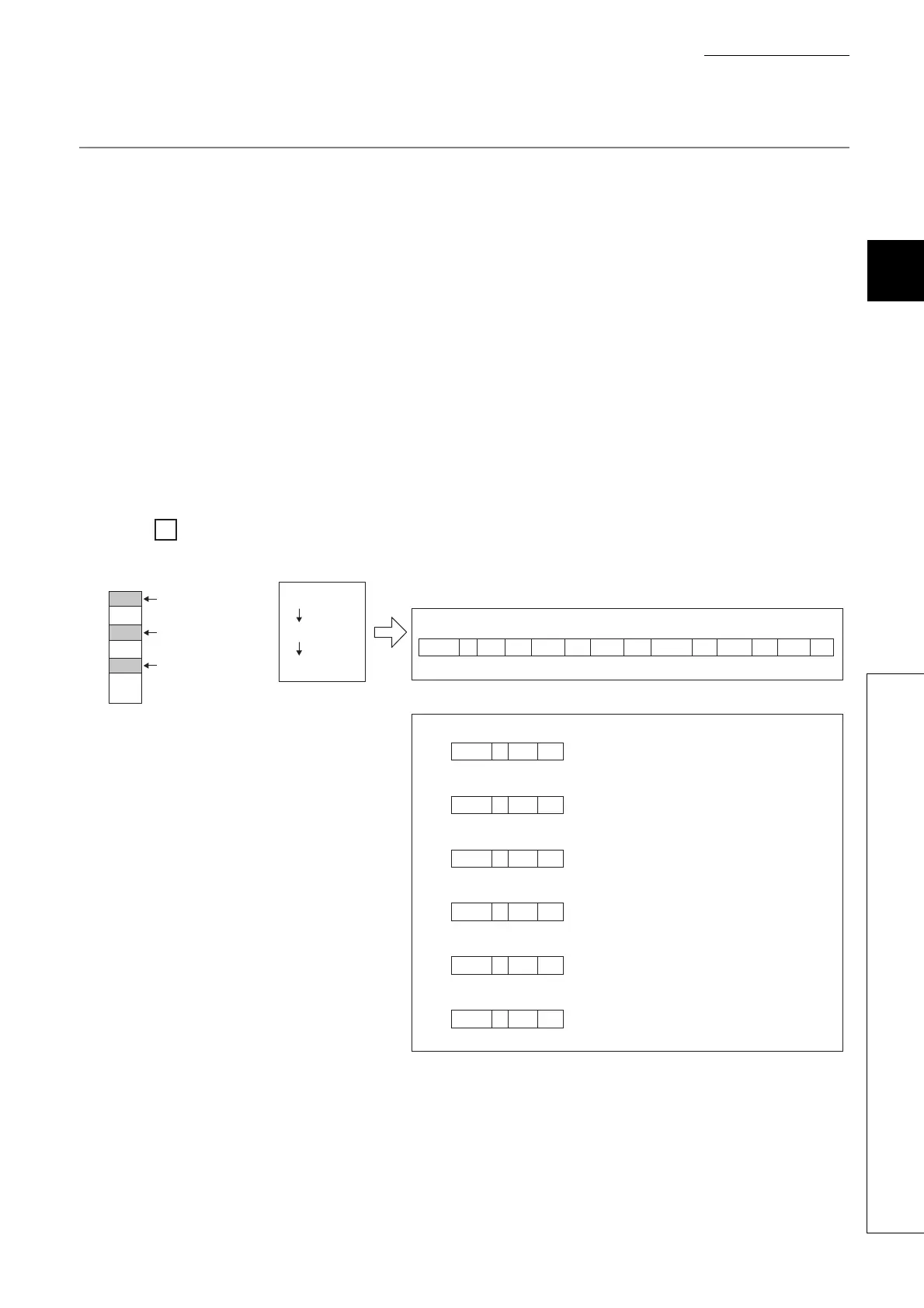